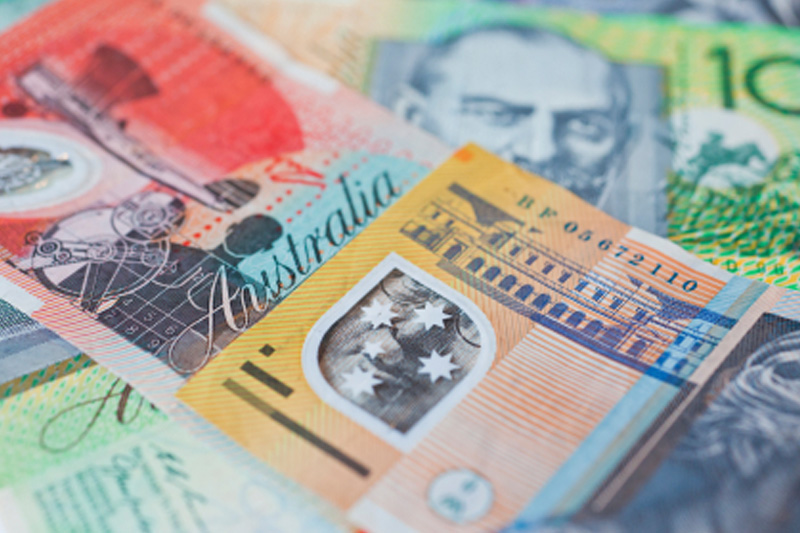By Wayne Cole
SYDNEY, July 28 (Reuters) - After two years of erosion the Australian dollar has finally reached lows that qualify as fair value on many measures, yet analysts are rushing to predict further losses for a currency with a long history of overshooting in both directions.
Many see a slide under 70 U.S. cents as inevitable given a corrosive mix of Chinese risk, a sustained slump in commodity prices and the prospect of higher U.S. interest rates. The only question appears to be how low it might go.
"Right now the Aussie has just fallen below fair value around $0.75," says Shane Oliver, head of investment strategy and economics at fund manager AMP Capital.
"But with the Aussie, long periods of overvaluation are followed by long periods of undervaluation," he added. "This is likely to extend into the $0.60s, but could easily go lower."
This overshooting tendency is due to Australia's position as a major commodity exporter which leaves it exposed to global resource cycles that extend over many years.
The rise of China brought a boom that began early in the last decade and propelled the Aussie to parity with its U.S. counterpart for the first time in three decades.
Resource prices are now coming back to earth as China slows and miners ramp up production, bringing the Aussie with them. In the past year, the Thomson Reuters index of commodity prices .TRJCRB has dropped by a third with the fall accelerating in recent weeks amid worries over Chinese demand.
So tethered is Australia to Chinese trade that the Aussie has become a proxy for the yuan - often moving more on poor Chinese economic news than it does on domestic data.
When Chinese stocks sank further on Tuesday, skittish investors immediately reacted by slugging the Aussie to six-year low on the U.S. dollar at $0.7257 AUD=D4 .
"We visited investors in Singapore, Hong Kong, and Tokyo over the last week," says Martin Whetton, senior rates strategist at ANZ. "We heard quite a downbeat assessment of Australia, with almost all investors expecting a weaker AUD, lower policy rates, and an economy that will face headwinds."
The long retreat in resource prices also blew a hole in Australian export earnings, hurting company profits, wages and tax revenues and leading the Reserve Bank of Australia (RBA) to chop interest rates to a record low of 2 percent.
With U.S. rates widely expected to rise later this year, the Aussie's yield advantage has been whittled away. The premium Australian two-year bonds offer over U.S. Treasuries is near its lowest in almost nine years at 119 basis points.
"Historically, whenever the spread falls below 150 basis points, it tends to put downward pressure on the AUD/USD," notes Richard Grace, chief currency strategist at Commnwealth Bank of Australia, one reason he cut his forecast for the Aussie by five cents to $0.7000. (Editing by Eric Meijer)
